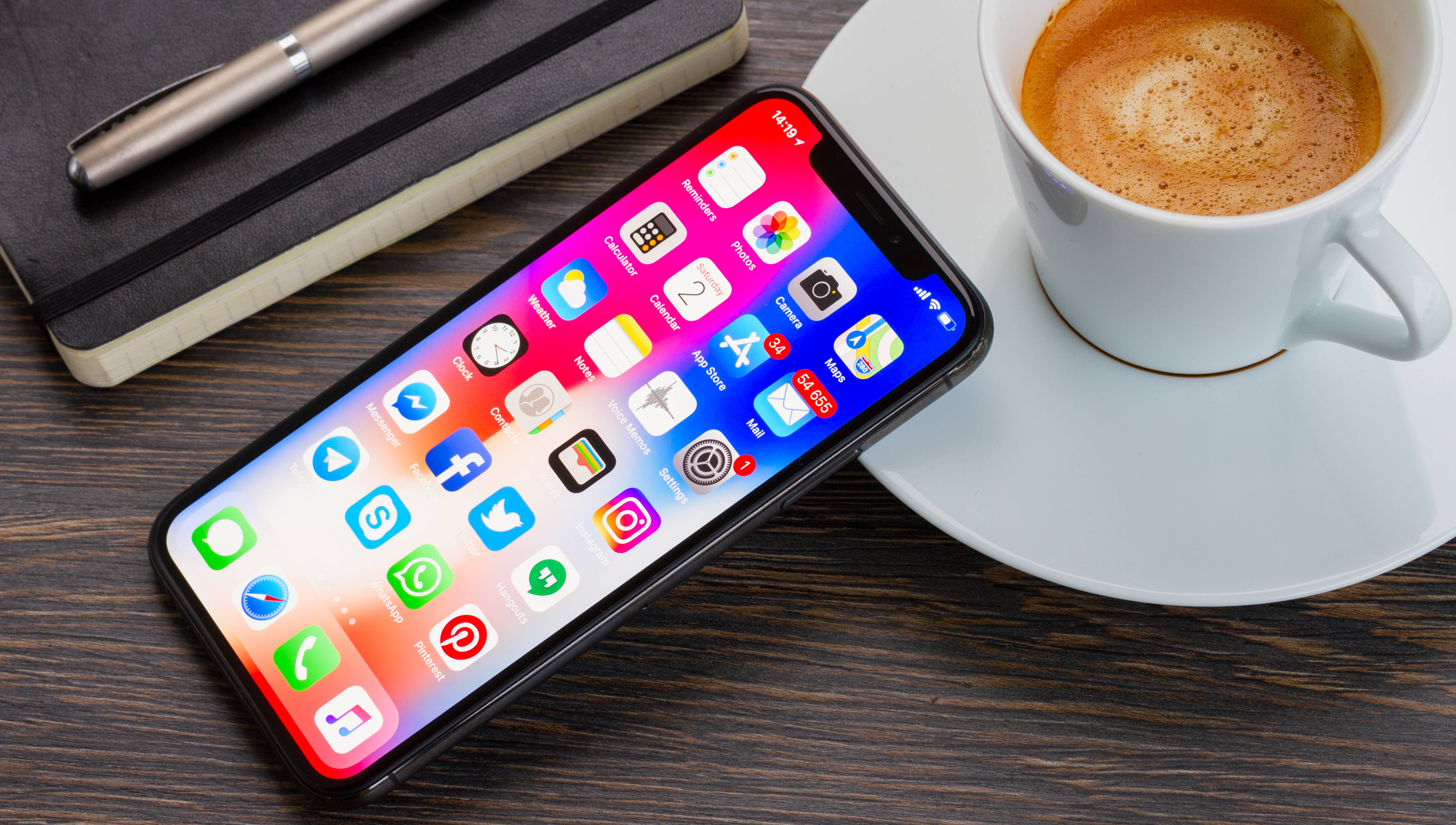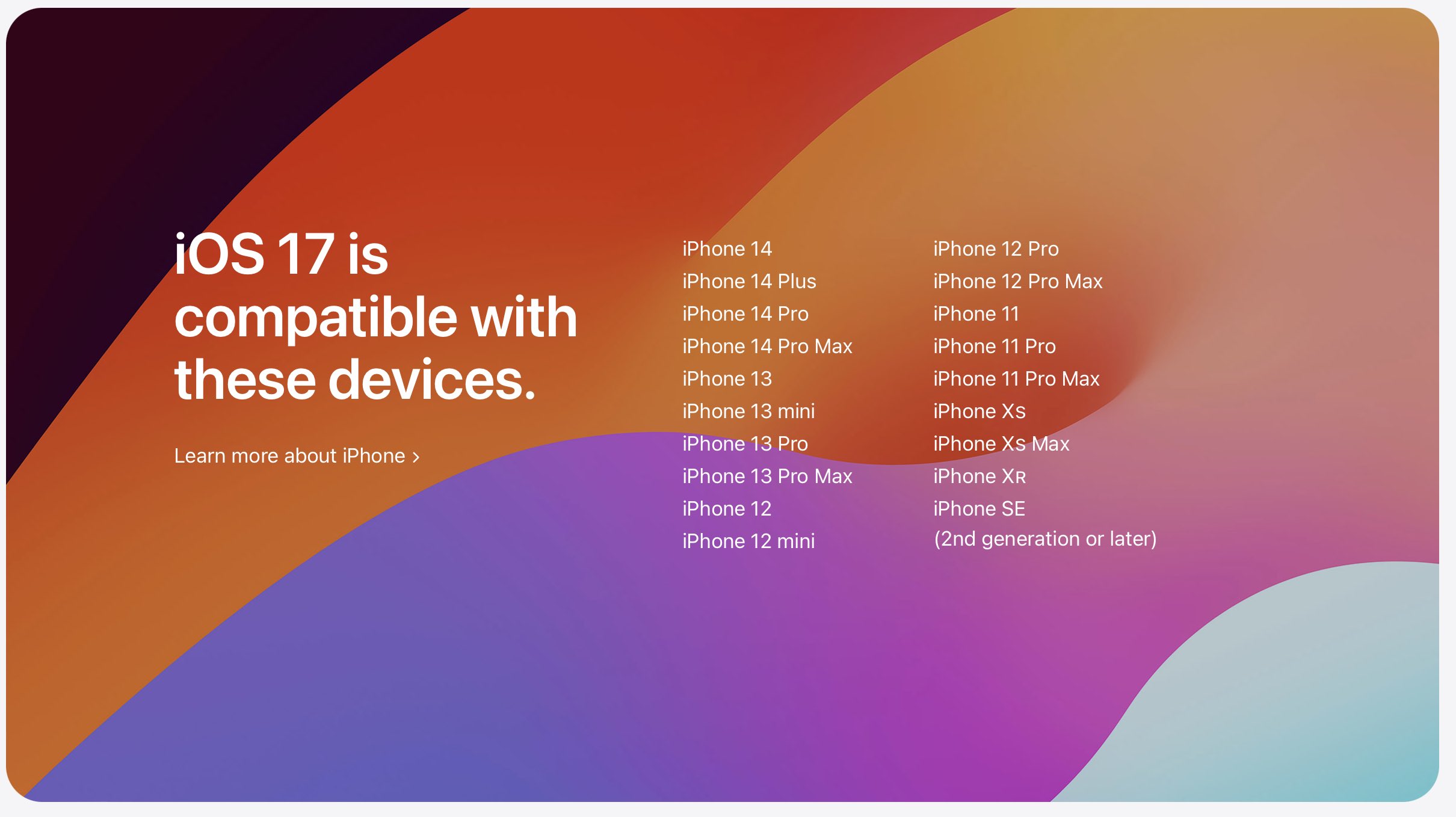
iOS 17 is coming later this year, and the first developer beta has already dropped at WWDC 2023. With that comes news of which devices will actually support the software update, and which ones will be left to wallow with iOS 16 for the remainder of their existence.
Despite rumors that every device running iOS 16 would support iOS 17, this isn’t going to be the case. In fact, other rumors were right on the money, with Apple dropping the iPhone X, iPhone 8 and iPhone 8 Plus from the update cycle. These devices will continue to get iOS 16 updates, but they will be missing out on all the updates and features iOS 17 has to offer.
All three phones are almost six years old at this point, having launched back in 2017. That occasion marked 10 years since the release of the original iPhone, and the iPhone X introduced a massive change in the phone’s design — with a full screen, Face ID, display notch and more expensive price tag.
Both iPhone 8 models were not such substantial upgrades from Apple's previous phones, but they did offer an upgrade without the $999 starting price. And that's always helpful for those that need to upgrade and can’t afford to spend such a large amount on a smartphone.
We suspect there aren’t a lot of people rocking one of these three phones in 2023. But for those that are, it’s not like your devices are suddenly obsolete. Apple will still roll out security updates and bug fixes as and when they’re needed. You just won’t be getting the same regular updates as you would if you had, say, an iPhone Xs or iPhone SE 2020.
What iPhones will have iOS 17?

If you have an iPhone that launched in 2018 or later, then you will be getting iOS 17 when it arrives in a few months. While we don’t know exactly when the new software will launch, just that it will arrive this fall. The new software usually arrives around the same time as a new iPhone.
There’s been no word on a specific date, but Apple is nothing if not predictable. Expect the iPhone 15 to launch in early to mid September, and IOS 17 to arrive shortly before those phones hit retail shelves. The iPhone 15 series will, of course, come running iOS 17 right out of the box. But the following phones are confirmed to be getting the update:
- iPhone 14, iPhone 14 Plus, iPhone 14 Pro and iPhone 14 Pro Max
- iPhone 13, iPhone 13 mini, iPhone 13 Pro and iPhone 13 Pro Max
- iPhone 12, iPhone 12 mini, iPhone 12 Pro and iPhone 12 Pro Max
- iPhone 11, iPhone 11 Pro and iPhone 11 Pro Max
- iPhone Xs and iPhone Xs Max
- iPhone XR
- iPhone SE 2022 and iPhone SE 2020
These devices will support the iOS public beta when it’s available — Apple says that will be in July.
Other iOS 17 hardware requirements
Be aware that not every iOS 17 feature announced by Apple at WWDC or detailed on the company's iOS 17 information page will work on every phone. Some features require the processing power available only from more recent models.
For example, you'll need an iPhone 12 or later if you want to try out the feature that lets you share reactions in FaceTime using gestures. You'll also need at least iPhone 12 for the improved auto-correct capabilities as well as the ability to complete words or sentences with a space bar tap thanks to in-line predictive text.
Among the iOS 17 accessibility features announced before WWDC, Point and Speak requires a Pro or Pro Max model, starting with the iPhone 12 Pro and iPhone 12 Pro Max.
The new Standby feature that turns your iPhone into a smart screen when it's not in use will work on every iOS 17-compatible phone. However, you'll need a phone with an Always On Display if you want StandBy to show information constantly — right now, only the iPhone 14 Pro and iPhone 14 Pro Max offer always on displays, though presumably that feature's coming to the iPhone 15 Pro models this fall.
Editors' note: Updated at 12:12 p.m. ET with more information on iOS 17 features unavailable for some older iPhones.







